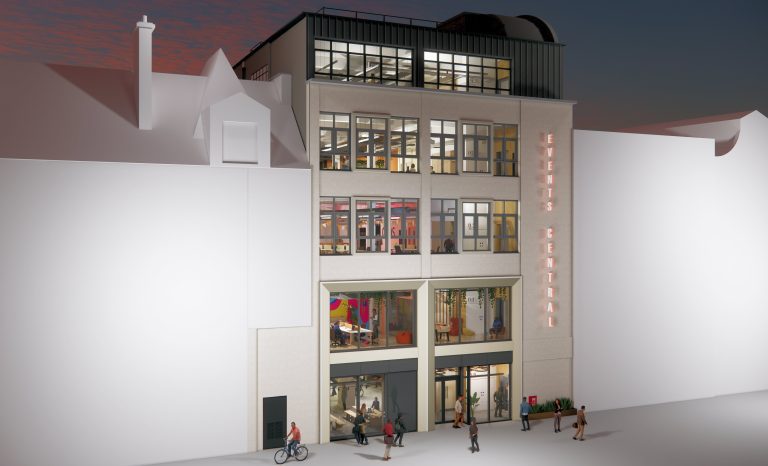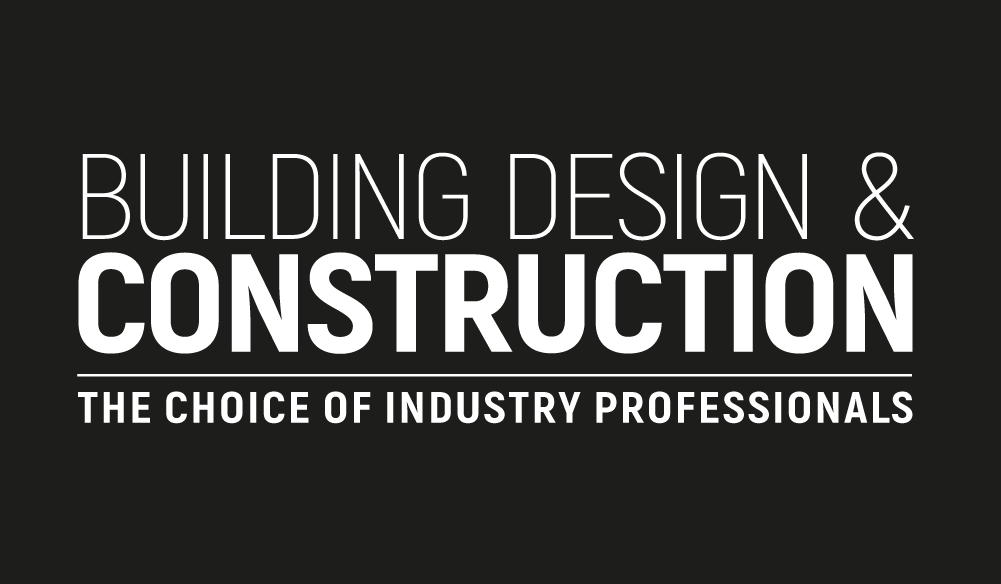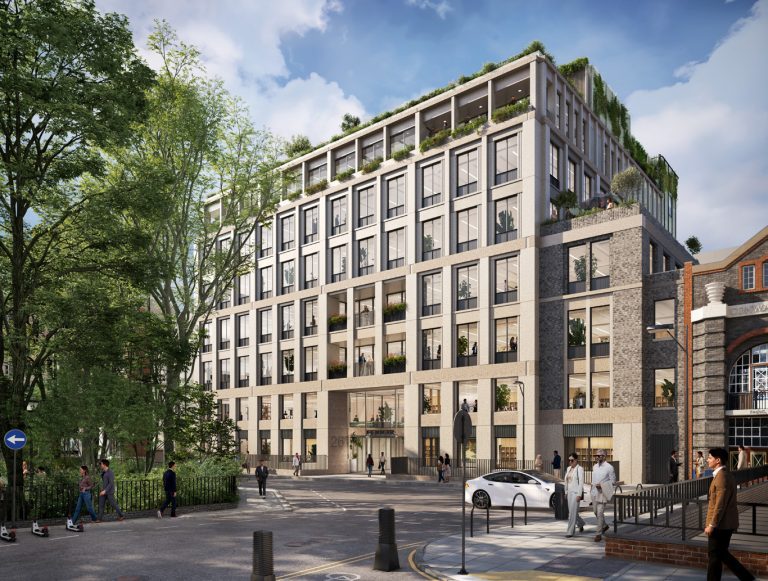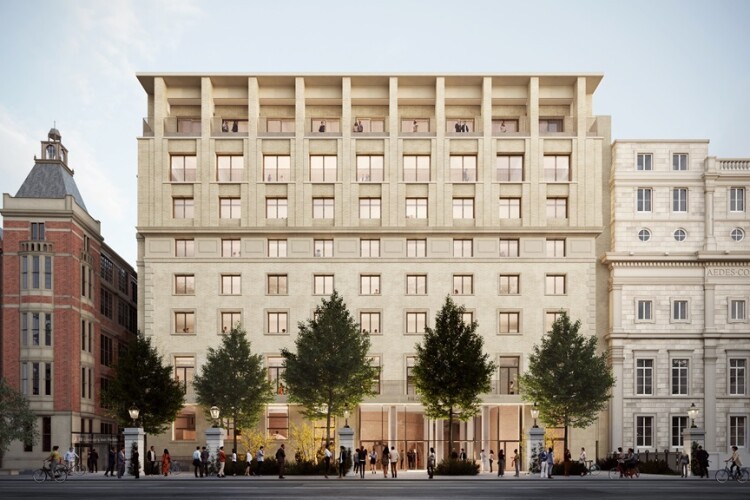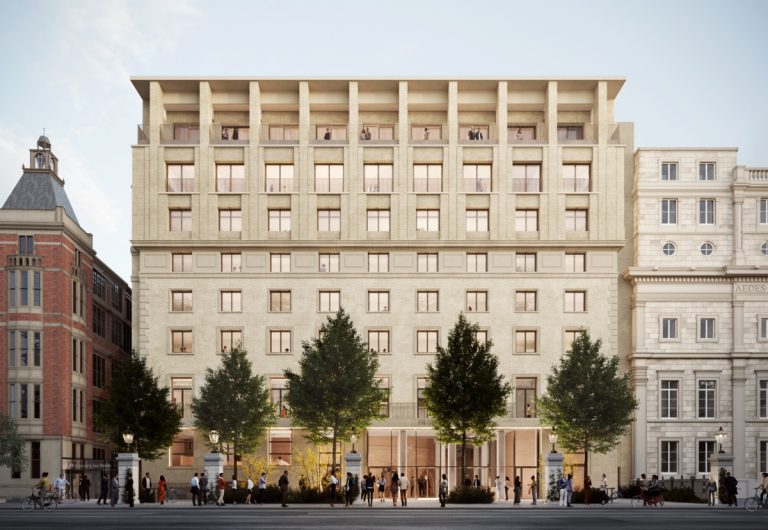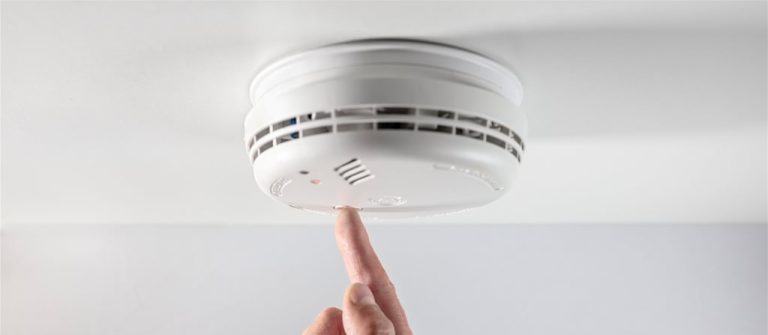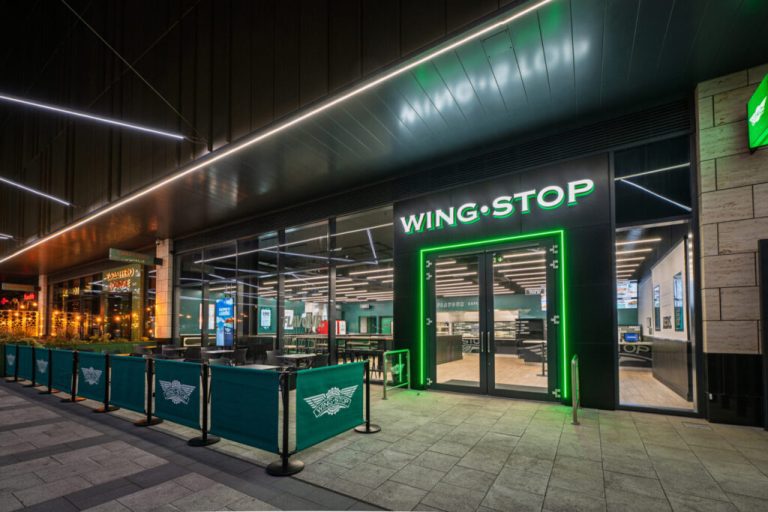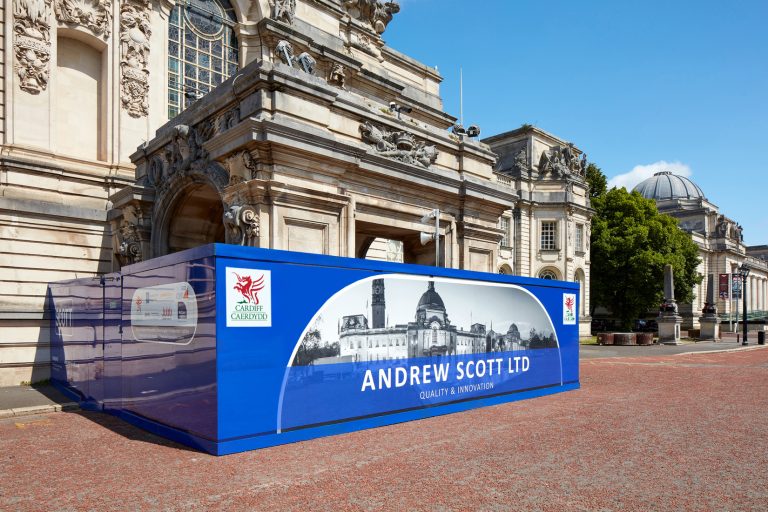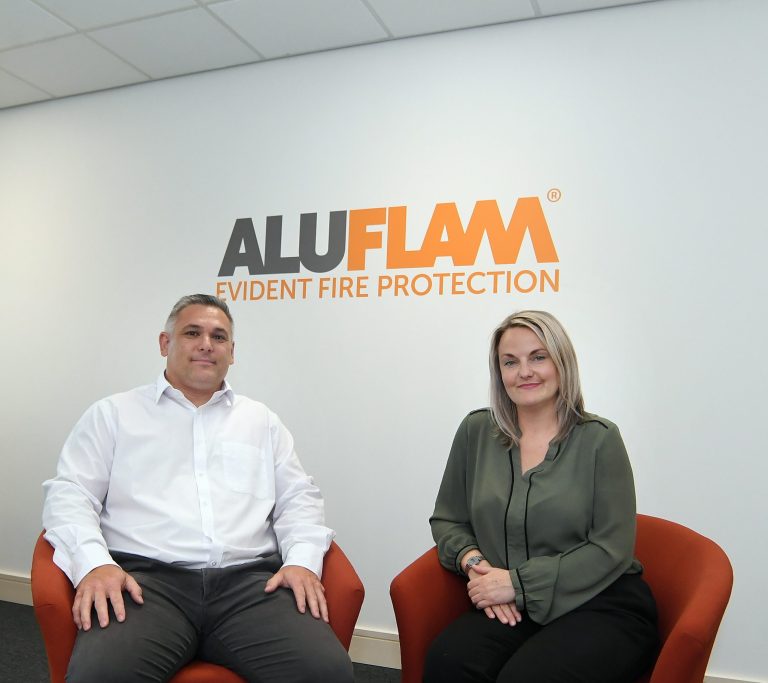Today’s offices and homes can be complicated. With plumbing, wiring, insulation, and other systems, an entire world exists beneath the surface of an apparently simple property. Many people are unaware how the buildings, they live or work in, function the way they do. They simply hope that they work the way they want them to. This level of complexity has expanded over recent decades, with new layers of technology and automation that can make home and work life more convenient and efficient. But this complexity comes with a heavy environmental price tag. According to the 2022 Global Status Report for Buildings and Construction from the UN Environment Programme (UNEP), the building and construction sector accounts for 34% of global energy demand and 37% of energy-related emissions. The Green Building Council estimates that with approximately 70% of the UK’s non-residential building stock has been constructed before the year 2000. If energy and carbon targets are to be achieved, and the UK’s 2050 net zero targets realised, significant energy efficiency and embodied carbon reductions are needed. As a result, much of the sector will have to undergo some form of retrofit by 2050. The demand for sustainable space is surging, with occupiers driving towards net zero targets and investors responding to market expectations. There is increasing regulation to avoid the risk of stranded assets and acknowledging the need to act to secure a global sustainable future. This brings commercial retrofit into sharp focus, promoting the important conversation around our existing built assets and providing a level of clarity and consistency to the approaches required to decarbonise them. Let’s dive straight in. Increasing the rate of retrofitting buildings Industry professionals and stakeholders including architects, engineers, planners and facilities managers, as well as landlords and building owners who are involved in the scoping, planning, delivery, and management of commercial retrofits are looking for solutions to cut carbon emissions and make assets usable and sustainable. The World GBC identifies some of the solutions for achieving net zero in buildings. These include setting strong targets, access to sustainable finance, accurate data collection, deep retrofitting of existing buildings, and electrification. Current building technologies can be upgraded or enhanced with new technology making buildings more efficient. Something as simple as replacing old gas boilers with heat pumps, installing rooftop solar panels, or upgrading to energy-efficient lighting and building and energy management systems (BEMS) can help to reduce a building’s carbon footprint. To achieve net zero, renovation rates must increase to approximately 3% to retrofit 20% of existing assets by 2030. This means that from 2023 to 2050, tens of billions of tonnes of materials will be required for energy-efficiency retrofits. These materials include plastic, mineral wool, glass, aluminium, flat steel and concrete, for example. Connected lighting also has a role to play. Among all building systems, connected lighting presents a unique opportunity to act as a foundation for intelligent capabilities. Lighting is already present in every building area and can be upgraded with little disruption. When equipped with connected LED technology, lighting becomes far more than a utility—it becomes a strategic part of the infrastructure. So much more to do Demand for sustainable space is surging, with occupiers driving towards net zero targets and investors responding to market expectations and increasing regulation to avoid the risk of stranded assets and due to increasingly acknowledging the need to act to secure a global sustainable future. Looking inward, I am proud to share what works for us: Having a commitment to sustainability: For any organisation to play a role, they need to be sustainable in their operations too.At Signify we walk the talk. As a global leader in lighting, Signify has long made a commitment to net zero emissions, and has been carbon neutral in its operations since 2020. Now in 2024, we launched our Climate Transition Plan one year back as we understand that Climate transition plans deliver results, both environmentally and economically. Since launching our Climate Transition Plan in June 2024, we’ve reduced our emissions by 42% year-on-year. Today, over 90% of our revenue comes from energy-efficient LED innovations. This shows our commitment to being a more sustainable organisation. The plan sets goals for the coming years, and we are not stopping at just these great results. Forming the right partnerships: Collaboration across the sector is now key to drive towards this common purpose as partnerships first company, we collaborate with companies that work on the same goal as ours- encouraging the adoption of energy efficient solutions. We recently announced the collaboration with Pineapple Partnerships, the systems change focused consultancy, and Schneider Electric, the leader in the digital transformation of energy management and automation and launched Pineapple CoRE, a strategic collaboration designed to accelerate decarbonization across the commercial and industrial property sector. Initially focusing on the UK, the collaboration is scalable for global deployment. The unique initiative unites market leading consultancy by Schneider Electric that helps organisations map their critical infrastructure and unlock the opportunities available to them around efficiency, sustainability and modernisation, Signify’s connected lighting solutions, and Pineapple Partnerships’ systems-change consultancy, offering a turnkey pathway for property owners and operators to overcome common barriers to decarbonisation – such as access to finance, fragmented supply chains and skills shortages. Signify thrives on partnerships, and CoRE is a powerful example of how collaborations can unlock decarbonisation at scale. The role of connected lighting: Many European countries have responded to the energy crisis by subsidising consumer bills. This move is understandable, but it does not reduce dependence on fossil fuels or encourage the use of smart technologies. Those funds might be better spent on structural solutions like subsidising the switch to connected LED lighting, heat pumps, electric vehicles, and other energy-saving technologies. Switching to LED lighting is one of the quickest, most effective, and most often overlooked ways to make progress toward your sustainability goals. With connected lighting, the prospects are even brighter. Smart or connected lighting can play a significant role in retrofitting any space and making it more digital, even more sustainable, whilst providing a safer and
